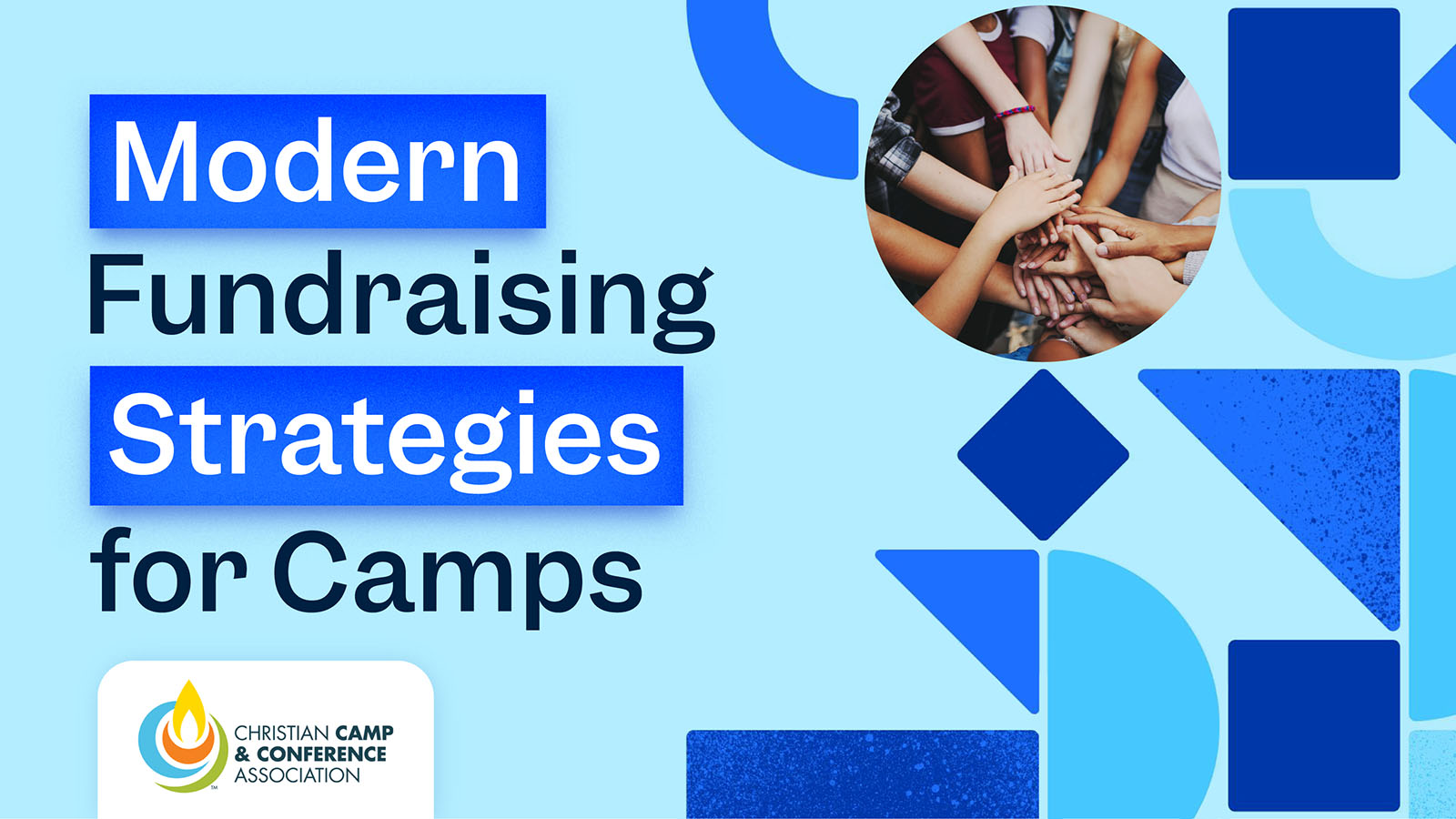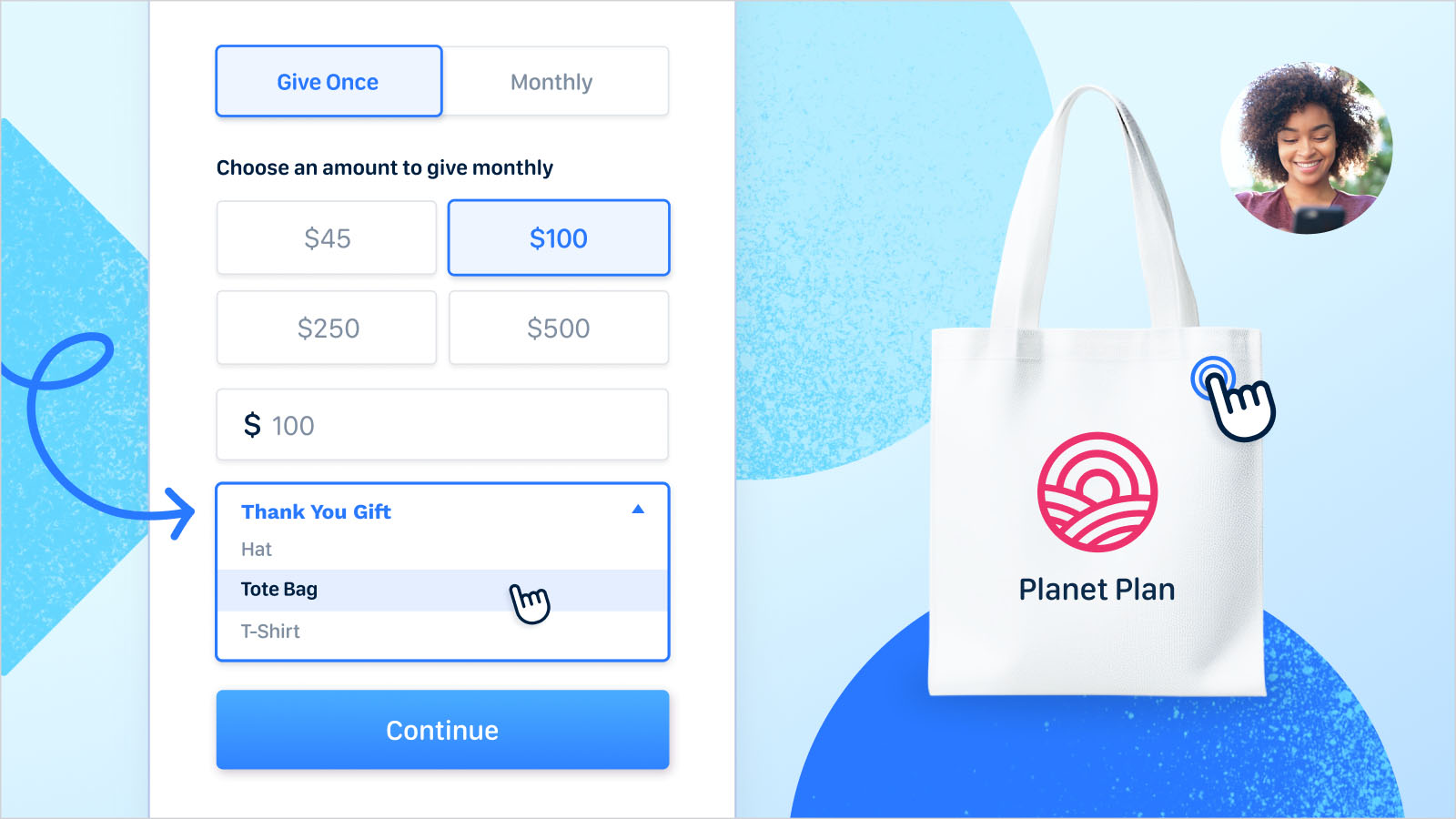We know our nonprofit friends know how to host some extraordinary fundraising events. Whether you’re putting together an awareness event, gathering board members and their contacts for some friend-raising, or throwing a talk-of-the-town gala, events can help your nonprofit reach some of its biggest goals. Of course, it’s even more satisfying when you know you’re throwing a sold-out event for a crowd.
Selling out your event is no small feat! It takes planning, preparation, marketing, and a lot of enthusiasm. Given all the staff and volunteer hours that go into making a successful event, it’s a no-brainer that you want to maximize the opportunity and sell as many tickets as possible. To help your organization get ready for its next smash-hit event, we’ve got a list of 15 tips to help you sell out your next nonprofit event.
We've also updated this post to give you some additional options for virtual-only or hybrid virtual events since the pandemic has made 100% in-person events difficult-to-impossible for some organizations. But beware! "Selling out" may not be in the virtual event cards.
1. Create an event promotional plan
Your first step to success is getting organized! Put together an event promotional plan that includes an execution timeline, planned messaging, audiences for ticket sales, and defines volunteer and staff roles. Need help creating your plan? Sign up for Funraise's Plan, Raise, Engage Event Strategy Course and get your event in tip-top shape!
Virtual Tip: If you've got an event planning team, get everyone on the same page using an internet-based project management system. (Not all virtual tips have to be about the event itself!)
2. Brand it
Events that are branded in a fun and unique way tend to attract more people. Give it a great name, logo, and tagline to and watch your RSVP list shoot through the roof! Need some inspo?
Pro-Tip: Branding might seem like an extra expense for your event, but try approaching local design agencies to ask if they'd be willing to do the design work as a part of a custom sponsorship package. Bada bing bada boom!
Virtual Tip: Don't forget to add in the "virtual" part into the name or branded description. Make sure people know what they're signing up for!
3. Early bird gets the worm
As you create your event promotion plan, be sure to get yourself lots of time to sell those tickets. Having a generous timeline means you and your team will have more time for outreach and follow up to sell #allthetickets.
Pro-Tip: Make it easy peasy for volunteers and staff to sell tickets by giving them pre-written emails and social posts they can share with their networks.
Virtual Tip: Give attendees the option to add the event to their calendar of choice with the click of a button. You can pre-fill all kinds of information and juicy tidbits into those calendar events.
4. Call supporters now
Even if ticket sales don’t start for a few weeks, pick up the phone and call your supporters so they can put the event on their calendars now. This kind of personal outreach shows people that you want to see their beautiful faces at the event. Plus, it'll remind them to open up their wallets and buy a ticket when you send invitations ($cha-ching$).
Pro-Tip: We're always looking for ways to stay in touch with donors and cultivate relationships. If you haven't had much luck getting a donor meeting with a prospect, invite them to your event as a low-pressure way to meet and schmooze with them face-to-face.
Virtual Tip: Face-to-face, ha! When your donor prospect arrives at your virtual event, make sure you greet them personally and give them any necessary history or context so they feel included.
5. Plan a ticket sale launch
Do something fun and creative to kick off ticket sales with a bang! Hosting a ticket sale launch will build up the hype and hopefully help you sell tickets right off the bat. This could be as simple as an email series or even a Facebook Live.
Pro-Tip: Make your emails engaging and funtastic by using GIFs and animations. Confetti GIF, anyone?
6. Make buying tickets a piece o’ cake
If you want to sell more tickets (duh, that's why you're here!), make it easy for people to purchase them. That means having a super simple online events and ticketing system (like Funraise's) to make it a quick and easy experience for event-goers.
Pro-Tip: Some email CRM tools will allow you to see which subscribers clicked over to your ticket page, but have not made a purchase. This is a great segment for targeted email follow up.
Virtual Tip: This is a tip for anyone, but specifically virtual event coordinators. Don't just make it easy to buy tickets, make it easier to buy them anywhere, anytime. Ensure your online ticketing platform is mobile-friendly.
7. Use the power of your networks
You, your staff, your board, and your supporters all have extensive local networks that can help you sell tickets. Encourage everyone to invite a friend (or two) because events are so much more fun with friends.
Pro-Tip: After someone purchases a ticket to the event, set up an email automation to go out a few days later asking them to share the event information with friends. #AutomationFTW!
Virtual Tip: Unlike with in-person events, the wider the network, the better. Supporters don't have to be in your local area to attend, so make sure your team is spreading the word far and wide.
8. Focus on group ticket sales
Speaking of friends, try selling tickets to groups instead of individuals. Think about local networking groups, associations, or clubs that might be interested in the event and may even want to buy a table together.
Pro-Tip: Make a list of groups in your community that have the best affinity for your cause and make them your top prospects. Pick up the phone and call their local leader or attend a meeting and talk to someone face-to-face.
9. Follow up's your best friend
Because you’re a savvy fundraiser, you know that fundraising magic happens when you follow up with donors. Apply this same principle to ticket sales. Sending out one invitation may not be enough to ensure people get their tickets. Make sure your event VIPs are at the top of your list for follow up.
Pro-Tip: There's a reason why fundraising is multi-channel. It works! Take your ticket sales multi-channel by sending out a snail mail invitation, sending an email, and making some phone calls.
Virtual Tip: Remember that list of website visitors that didn't purchase tickets? Use Google ads or social ads to retarget those non-buyers. Create ads that amp up the urgency to keep your event top of mind.
10. Tap into social media marketing
We know you’ve got an event promotional plan in place and we hope it includes using social media to spread the word. Document event prep to give social media followers behind the scene (#BTS) looks to get them amped up.
Pro-Tip: Tap into the power of social proof by posting a highlight reel from last year's fundraiser, or a fun slideshow of events passed to give folks a sneak peek into all the fun that's gonna go down at your upcoming event.
11. Go live to announce your event
As a part of your ticket sale launch, take advantage of social media live streaming and video to announce your event. Interview your event speaker or find someone who can create the hype.
Pro-Tip: If you're hosting your event at a popular local venue, think about doing a live from the event venue to get people excited.
Virtual Tip: Use the live announcement as an intro to your virtual event. Reusable content FTW!
12. Take advantage of micro-marketing opportunities
Does everyone in your organization have a uniform email signature? Chances are thousands of people see that signature over the course of a month. Add a call to action in the signature to promote the event and look for other micro-marketing opportunities.
Pro-Tip: Use a service like WiseStamp for email signatures so that you can make a consistent email signature for everyone at your organization. Bonus—you'll be able to track click-throughs on links in the signature.
Virtual Tip: Add a QR code to flyers or business cards. When potential attendees are out and about, they can purchase tickets by scanning the code.
13. Use the power of celebrity
Don’t underestimate the power of a local celebrity to draw a crowd! Find someone who’s well-known and liked in your area to attend the event as a celebrity guest or even be honorary event co-chair.
Pro-Tip: Do your research to find out what causes local celebrities, news anchors, and politicians are interested in before you approach them.
Virtual Tip: Your celebrity doesn't have to show up at your event; if their schedule is jam-packed, ask for a pre-recorded message to your audience.
14. Create a pop-up
The power of website pop-ups are well documented. Use a pop-up to promote your upcoming event and send people to a special landing page to learn more and buy their ticket.
Pro-Tip: Website pop-ups don't have to be a tech nightmare. Services like OptInMonster and PopupAlly are WordPress plugins that non-developers can get up and running in a jiffy. If you're a Funraise customer, we've got tons of dynamic website templates and our own WordPress plugin that'll boost the profile of your event and sell tickets, all in one place!
15. Harness the power of the media
Reach out to local reporters to see if they’d like to do a story about your nonprofit and talk about the upcoming event. This is a great way to reach new audiences and build local buzz for your event.
Pro-Tip: Honoring someone at the event or having a special guest speaker often makes for a great new story that reporters will be interested in.
Virtual Tip: Don't count out bloggers when you're reaching out to the media. Bloggers, vloggers, influencers, and digital content creators all have audiences who might be interested in your cause.
As you can see, there are many marketing tactics you can use to make your event a sold-out success! The key is starting early and enlisting help to make it happen. Your event committee, volunteers, board, and fellow colleagues can all play a significant role in selling tickets and building excitement to make it your best event ever, be it in-person, virtual, or a hybrid.































.webp)
.webp)











.webp)
.webp)

.webp)
.webp)
.webp)




